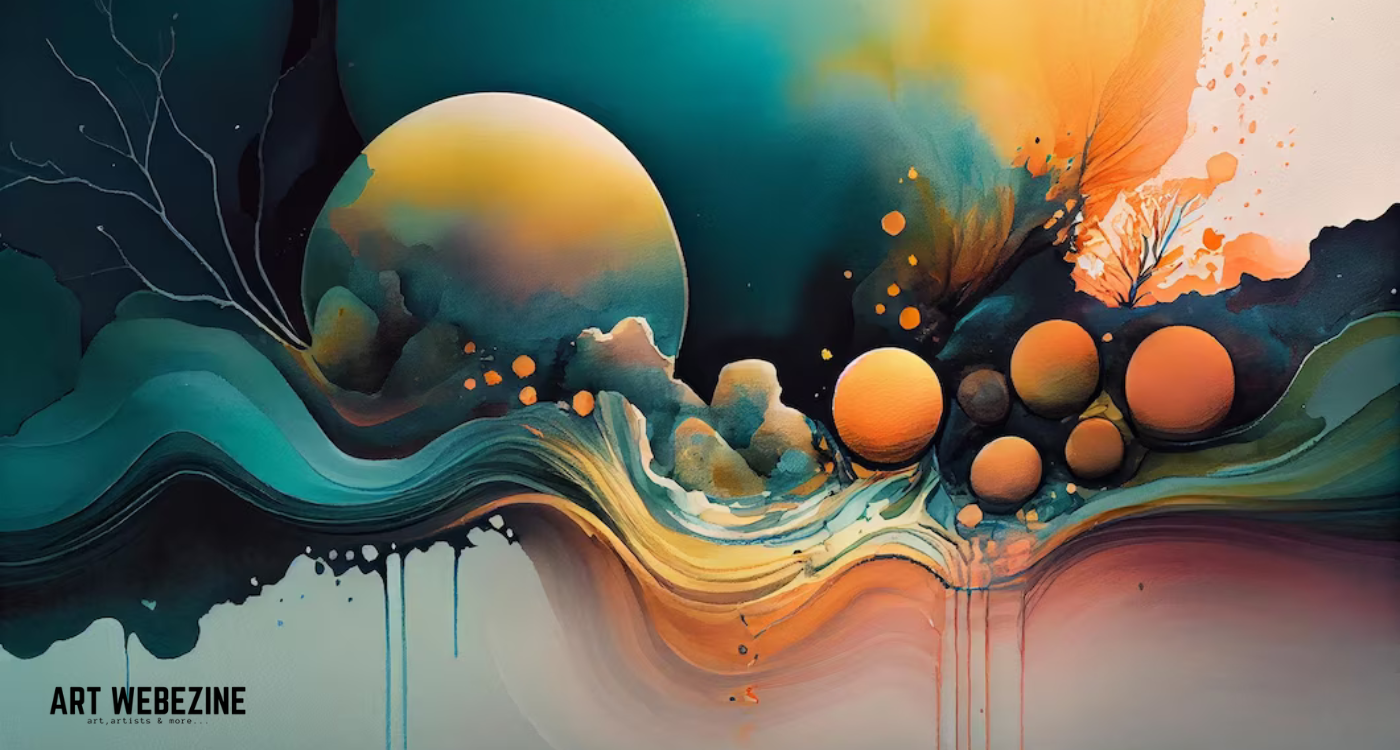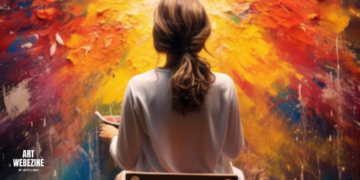The modern art movement of the early 20th century was an unprecedented and radical departure from the past. With its emphasis on abstract and universal themes and a radical break with traditional visual forms, it heralded a new era in which artists could express themselves freely and without constraint. The modern art movement began in Germany at the beginning of the 20th century and flourished there for about a decade. Then, it moved to Paris and endured for about 12 years.
These two cities are widely considered epicentres of modern art because they contained the majority of world-class talent in that field at that time. In theory, any artist or artwork can be modern if he or she dares to break away from the constraints of our conventional visual culture. But this is true only in theory – not all modern works have been able to stand the test of time because most were destined to fail from day one due to one or more fatal flaws or misfortunes. Here are 5 Reasons why Modern Art Never Stood A Chance
There’s Too Much Of It
Artists during the modern era had the liberty to explore new visual forms and make use of bright colours and unconventional materials. But they also had to grapple with a crucial problem that came with their newfound freedom: since they could do anything they wanted, they often chose to do too much. In the late 19th century, there was a booming art market in Europe, fueled by a growing middle class that began to see art as a way to express their newfound wealth and status.
This sudden surge in demand for artworks created a “gold rush” where many artists went into the business of churning out copies of popular paintings to meet this rising demand. They did this not because they were talented artists, but because they wanted to make a quick buck. This thriving market of amateurs and copyists, where everyone was trying to outdo the other, marked the beginning of the end of the modern era. With the majority of the world’s great artists drawn into this commercialized arena, the quality of the art industry inevitably dived.
A Radical Departure from Traditional Art
Modern art is a radical departure from traditional art in terms of both its form and content. Traditional art is typically representational, meaning that it depicts objects and scenes in a realistic way. Modern art, on the other hand, is often abstract or non-representational, meaning that it does not depict anything in the real world.
This departure from traditional art was a conscious choice on the part of many modern artists. They were rebelling against the conventions of the past and seeking to create a new form of art that was more expressive and authentic.
Here are some of the specific ways in which modern art departs from traditional art:
- Subject matter: Traditional art often depicts religious, historical, or mythological subjects. Modern art, on the other hand, is more likely to depict everyday subjects, such as landscapes, still lifes, or portraits. Modern artists also explored new subjects, such as the unconscious mind and the nature of reality.
- Form: Traditional art is often characterized by its use of perspective, realism, and chiaroscuro. Modern art, on the other hand, often abandons these traditional techniques. Modern artists experimented with new forms, such as cubism, fauvism, and expressionism.
- Materials and techniques: Traditional artists typically used traditional materials, such as oil paint, canvas, and marble. Modern artists, on the other hand, experimented with new materials and techniques, such as collage, assemblage, and readymades.
The radical nature of modern art was met with resistance from the public and from critics at the time. However, modern art eventually gained acceptance and is now considered to be one of the most important art movements of the 20th century.
Too Many Masters
The modern era was supposed to herald a new age of individualism in which artists would be free to explore any subject or theme they liked. But this freedom came with a price – most of the great modern masters were composers of the first half of the 20th century, namely Pablo Picasso, Henri Matisse, and Marcel Duchamp. These three artists were the most prominent figures of the French and Cubist schools of modern art.
Cubism was Picasso’s unique style of visual expression that used a collage of geometric shapes and images to convey profound emotions and ideas. In the early 20th century, cubism was a revolutionary art form that inspired numerous other artists to explore similar visual forms. However, by the end of the century, cubism was already considered to be an old-fashioned style that had gone out of style.
Lack Of Cultural Institutions
One of the most significant aspects of any cultural movement is that it must find a way to sustain itself over the long term. During the modern era, there was a vibrant art scene in Paris and many other European cities. But this scene never found a way to thrive and spread beyond those places. The reason for this was that, unlike in ancient times when art served as a unifying cultural force, modern art was a freewheeling and individualistic affair that lacked any formal or institutional support system.
Unlike the massive medieval university centres where scholars, artists, and other cultural workers interacted and flourished, modern art had no central hubs where artists could meet, share ideas, and exchange ideas about their craft. In short, modern art was a phenomenon that was driven by individual initiative, passion, and spontaneity. And as such, it was doomed to disappear as soon as the “artist narcissists” grew tired of clashing with one another and eventually went back to their day jobs.
Over-Prescription Of Meaning
The modern era, with its emphasis on the exploration of new visual forms, its focus on the expression of universal emotions and ideas, and its lack of any formal support system, was more akin to a play of words than a visual expression of culture and society. The symbols and icons used in modern art were often too enigmatic and symbolic to serve any practical purpose. The Cubist portraits of Marcel Duchamp were often so abstract and surreal that it is impossible to pin down their exact meaning or understand how they relate to society at large.
Modern art was often a high-brow exercise in meaningless symbolism and over-the-top abstraction. It often served no purpose other than providing a new vocabulary for the art world. This over-prescription of meaning is the reason why modern art never stood a chance. It was not just a matter of aesthetics – it was a sign of the times when artists often went overboard with symbolism and abstraction in an attempt to communicate something meaningful.
Conclusion
The modern era was an exciting time to be an artist because it was the first time that a generation of artists had the liberty to explore new visual forms and make use of bright colours and unconventional materials. However, this freedom came with a price – most of the great modern masters were composers of the first half of the 20th century, namely Pablo Picasso, Henri Matisse, and Marcel Duchamp.
Modern art was often a high-brow exercise in meaningless symbolism and over-the-top abstraction. It often served no purpose other than providing a new vocabulary for the art world. Modern art was often a high-brow exercise in meaningless symbolism and over-the-top abstraction. It often served no purpose other than providing a new vocabulary for the art world.






